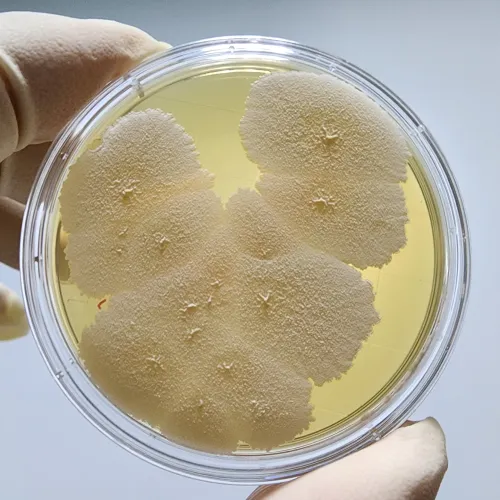News
8 Minutes

Why accuracy matters in DNA testing: Understanding the process behind reliable results
Accuracy is crucial when it comes to DNA testing, as even small errors can lead to misleading health insights and ineffective recommendations. This blog dives into the rigorous scientific process behind reliable DNA testing, from sample collection to data analysis. Learn why precise results are essential for creating personalised health strategies that truly work and how accurate testing can empower you to make better-informed decisions about your wellness.
28/08/2024
As interest in personalised health continues to grow, more people are turning to DNA testing for insights into their genetic predispositions and nutritional needs. However, not all DNA tests are created equal. The accuracy and reliability of the results depend heavily on the testing process, from sample collection to analysis. This post will explore why accuracy in DNA testing is crucial and the steps involved in ensuring high-quality results.
The Importance of Accurate DNA Testing
Accuracy in DNA testing is more than just a buzzword—it’s the foundation of reliable health insights. When you take a DNA test to learn about your body’s nutritional needs or potential health risks, you are basing decisions on that information. Inaccurate results can lead to ineffective interventions, wasted money, and even potential health risks.
To achieve accuracy, a DNA test must follow a rigorous process that minimises the chance of contamination or errors, from the moment a sample is collected to when it is analysed and interpreted.
Step 1: Sample Collection – Keeping It Simple and Reliable
The first step in any DNA testing process is the collection of a biological sample. The method of collection is crucial in determining the quality of the results. Traditional methods, such as saliva vials or blood tests, can be cumbersome and prone to errors due to incorrect handling or contamination. At Stride, we use a simple cheek swab to collect DNA samples. This method is not only easy and painless for the user but also significantly reduces the risk of contamination, as the sample is immediately sealed and protected after collection.
Step 2: The Role of an In-House Laboratory
One key factor that distinguishes more reliable DNA tests from others is where and how the sample is analysed. Many companies outsource their testing to third-party laboratories, which can lead to a lack of control over the testing conditions, processes, and standards. At Stride, the entire analysis takes place in our in-house laboratory. This internal control allows for complete oversight of the testing process, from the handling of samples to the precision of the machines and assays used.
Having our own lab means we can ensure that every step meets our high standards for quality and accuracy. This also allows us to adapt quickly to new research and feedback, continuously refining our testing methods.
Step 3: The Science Behind the Test – Ensuring Precision and Reliability
Accuracy in DNA testing also depends on the scientific methods used during the analysis. DNA tests involve complex biochemical processes, and the choice of machinery, reagents, and protocols can significantly impact the reliability of the results. In our lab, we use state-of-the-art technology and carefully vetted protocols to analyse DNA samples.
Quality control measures are in place at every step to ensure that the results are not just accurate but also reproducible. This is critical because even a slight deviation in the process can lead to significant differences in the test outcomes.
Step 4: Transparency and Continuous Improvement
Transparency in the testing process is another crucial aspect of ensuring accuracy. Customers have the right to know how their samples are handled and how the results are produced. At Stride, we are committed to being open about our processes, from sample collection to result interpretation.
Moreover, we believe in continuous improvement. By directly managing our lab operations and engaging with customer feedback, we are always looking for ways to refine our techniques and provide even more accurate and actionable results.
Conclusion: Choosing a Reliable DNA Test
When choosing a DNA test, it’s essential to consider not just the price or convenience but the accuracy of the process behind it. Reliable DNA testing requires careful sample handling, robust laboratory control, cutting-edge technology, and a commitment to transparency and continuous improvement.
At Stride, we strive to uphold these principles to provide you with results you can trust, empowering you to make informed decisions about your health and well-being.
Interested in learning more about the science behind DNA testing? Explore our approach and how we ensure accuracy at www.getstride.com.






